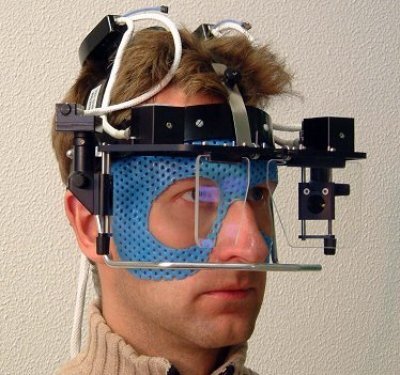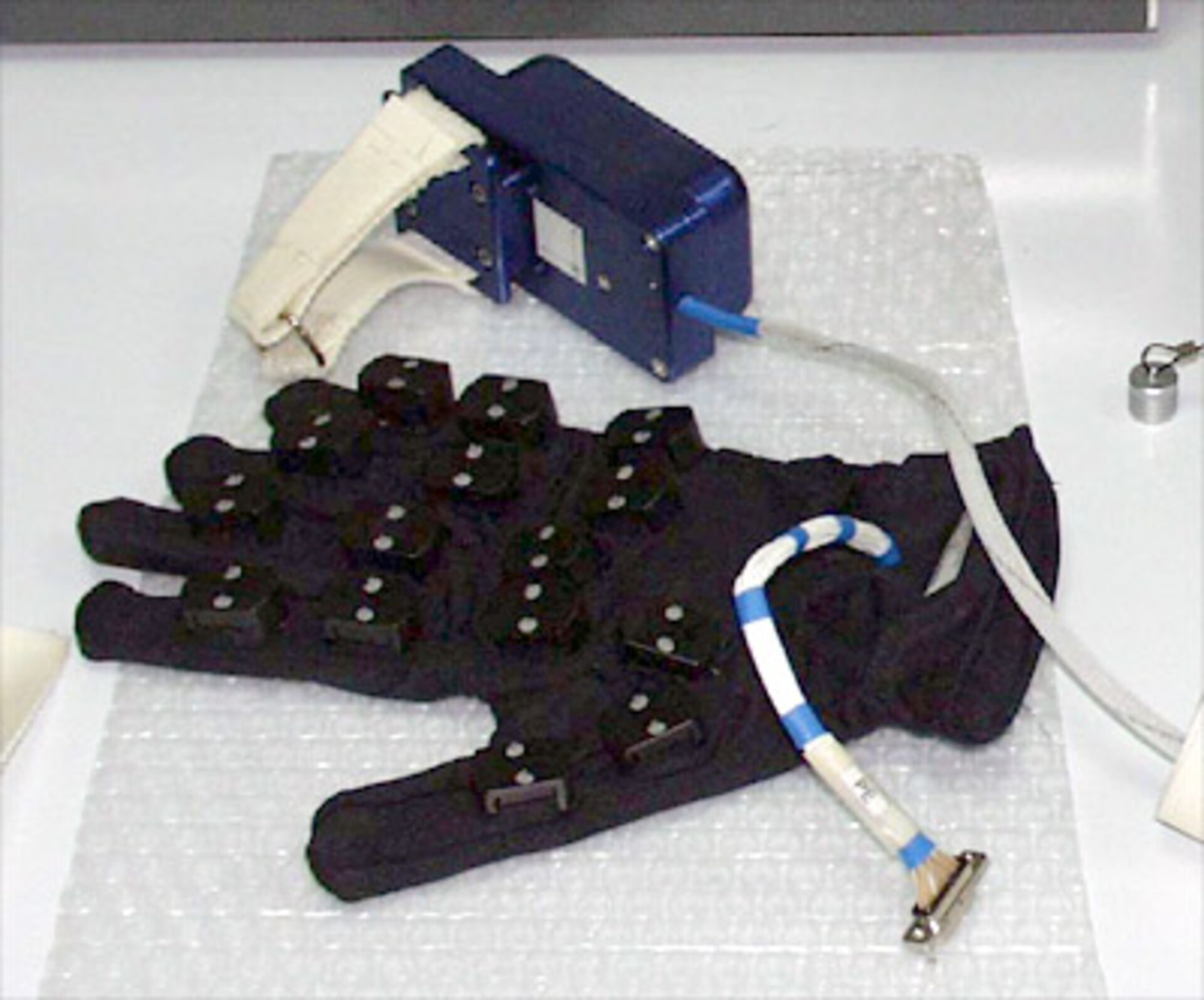Experimental programme in human physiology
Hand Posture Analyser
Fatigue can have major effects on the hand, and forearms of astronauts in weightlessness, which can have a significant impact on their performance, especially when you consider that the upper limbs are the principal means of locomotion for astronauts living in a space environment.
This experiment will make use of hardware for measuring handgrip and pinch forces, bending angles on individual fingers, and determination of the linear and angular motion, rotation and acceleration of the hand and forearm in all directions. By using different scientific protocols this experiment will make it possible to determine the degradation in performance affecting the muscle-skeletal apparatus in the upper limbs weightlessness and help to facilitate studies on learning mechanisms for motor control.
The results of such experiments can help to find methods of countering fatigue, thus maintaining the condition and improving the performance of astronauts, which is of greater importance with proposed longer-term missions. Such methods can also be used on Earth for the treatment of subjects with local traumas, muscle atrophy, or diseases of the Central Nervous System (CNS).
Nerve Growth Factor

The purpose of this experiment is to perform research on stress responses related to astronauts before, during and after a space mission. To this end the experiment will analyse blood samples pre-flight and post-flight and saliva samples pre-, during and post-flight for the presence of Nerve Growth Factor (NGF). This is a protein regulating brain development and function.
The cells in the body that this protein stimulates, so-called NGF target cells, have been identified in the body’s nervous system, immune system and endocrine system. A growing body of evidence suggests that these cells play an important role in regulating coping mechanisms and physiological equilibrium in addition to its role of nerve cell regulation, growth and maintenance.
This research should shed light on the role of nerve growth factors in the manifestation of stress as well as nervous and immune system disorders. This research follows on from previous studies, which includes preliminary data on circulating NGF levels in ESA astronaut Roberto Vittori before and after the “Marco Polo” Mission to the ISS in 2002.
Visual Subjective Vertical

On Earth, the subjective sense of vertical is due to many inputs from specialised sensors located in the eye, in the inner ear, and in joints and muscles. More recently, a further contribution to the detection of subjective vertical was observed from visceral receptors sensitive to blood mass shifts, mainly located in the kidneys and in the thorax. The aim of this present experiment is the analysis of visceral receptor performance within an environment, which rules out possible bias due to visual and gravitational inputs.
Analysis will be performed pre-, during and post-flight with an instrument called a Subjective Vertical Analyser (SVA), which will provide a completely darkened environment. During flight, the experiment will include the manipulation of body fluid mass with the use of a Lower Body Negative Pressure device. This is a standard method to shift fluids into the lower extremities of the body through suction. This manipulation will help in determining the role that the visceral receptors may play in finding the subjective vertical.
Globally, this study could contribute to clarify the role that these receptors play in the detection of body axis both on Earth and under microgravity, and increase scientific knowledge on spatial orientation and flight safety.
Eye Tracking Device

Listing’s plane can be described as a co-ordinate framework, which defines the movement of the eyes in the head. On Earth it appears to be dependent on inputs from the vestibular system, which controls the body’s balance, orientation and posture. The main scientific objectives of the ETD experiment are:
- To measure the orientation of Listing’s plane in a weightless environment
- To determine how Listing’s plane is linked to the co-ordinate frame of reference of the vestibular system - as reflected by the vestibulo-oculomotor response. This response allows the eyes to stay visually fixed during natural head movements by making compensatory eye movements
The experiment will be carried out using the Eye Tracking Device, which consists of a headset that includes two digital camera modules for binocular recording of horizontal, vertical and rotational eye movements and sensors to measure head movement.
This type of research can further provide an insight into problems with balance experienced by astronauts following re-entry and vestibular disorders on Earth such as Meniere's disease, and related vestibular symptoms such as vertigo and nausea.


